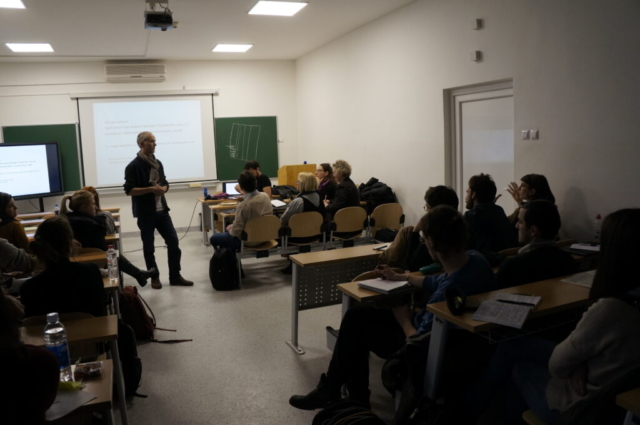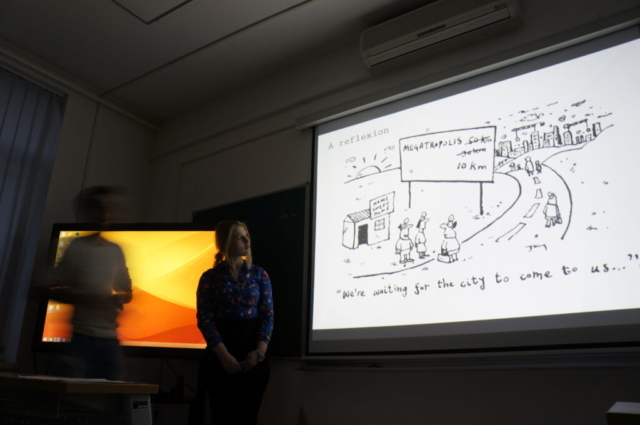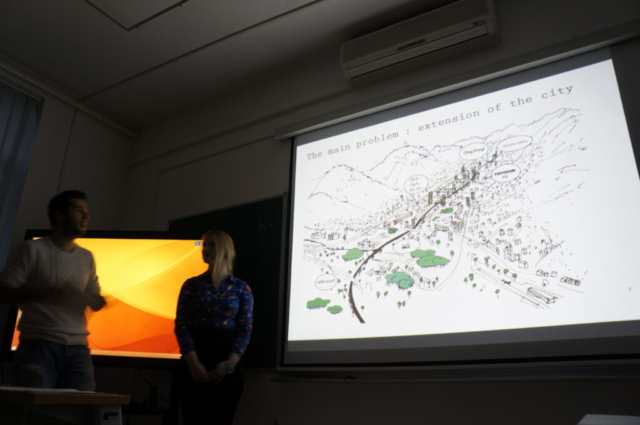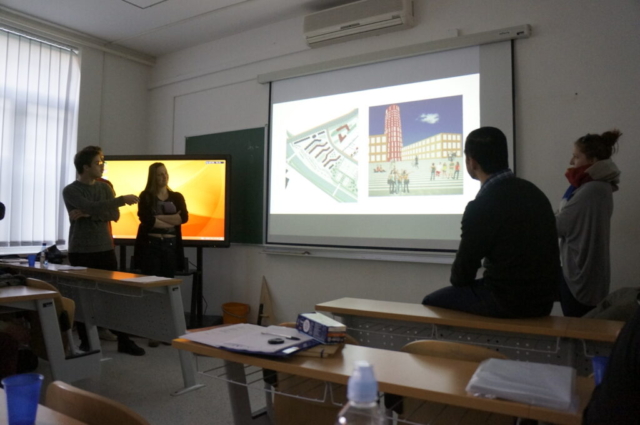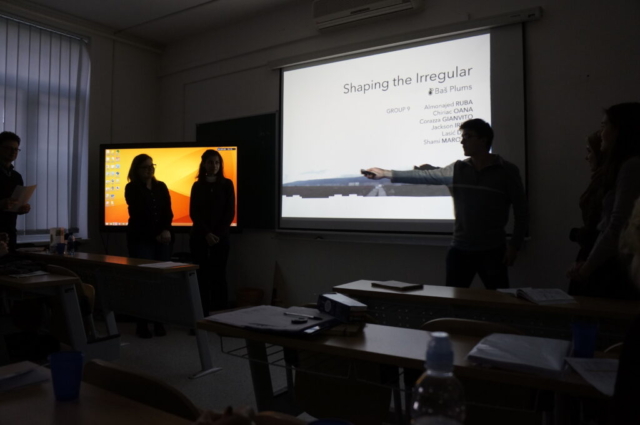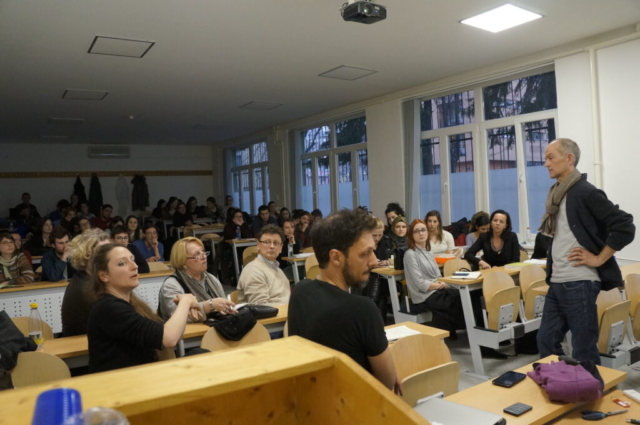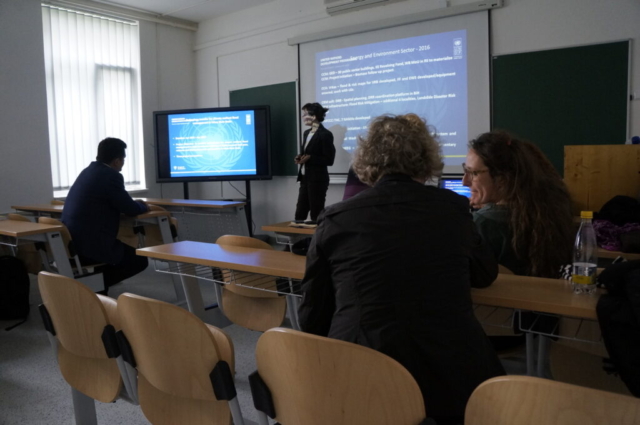Dobrovoljna, nevladina, interesna, nestranačka i neprofitna organizacija stručnog, profesionalnog i društvenog karaktera.
The specific emphasis of this study project will be on the integration of urban planning, environmental protection, and landscape architecture for building a sustainable development perspective for the urban periphery of Sarajevo. It is expected that this interdisciplinary cooperation will produce innovative solutions to the planning, design, and management of dispersed and fragmented areas in urban fringe zones. These areas are characterised by competing interests and land use demands of housing, agriculture, tourism, industry, education, traffic, nature protection, water management, recreation, and various other sectors.
A profound understanding of the driving forces shaping these areas combined with creative procedural and spatial thinking leading to concrete planning action is required for assuring the sustainable development of urban fringe zones. Urban and peri-urban areas are Europe’s key to economic growth, social wealth, and political stability. But at the same time this urban productivity is highly threatened if its ecological foundation is destroyed. Therefore, sustainable growth has become the principal goal of the Europe 2020 strategy. The urban fringe is thus an excellent laboratory for exploring the possibilities of integrated land management leading to smart integration of different demands for example in the form of multifunctional areas that succeed in combining aspects of infrastructure, water management, recreation, environmental protection (habitats, soil, water, and air), heritage protection, tourism, agricultural production as well as structural and aesthetical functions.
Landscape is understood in this project as the everyday environment of people which is the basis of their livelihood. It is the landscape scale at which competing territorial interests need to be negotiated. However, people’s site-specific perspectives and possibilities are the key to sustainability, which is why community involvement is crucial. The landscape perspective should help building a cross-sectoral and community-based vision for Sarajevo Polje.

